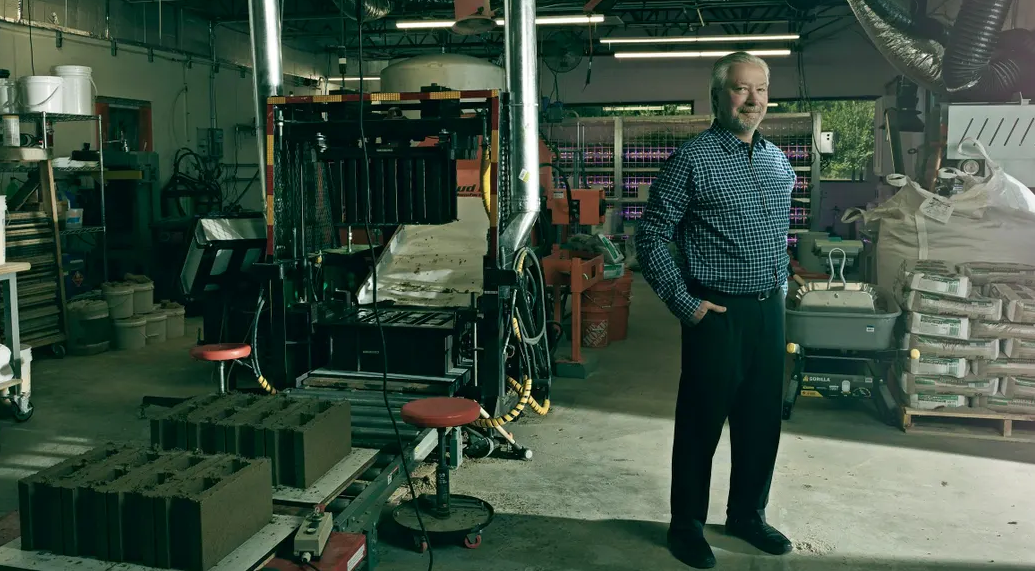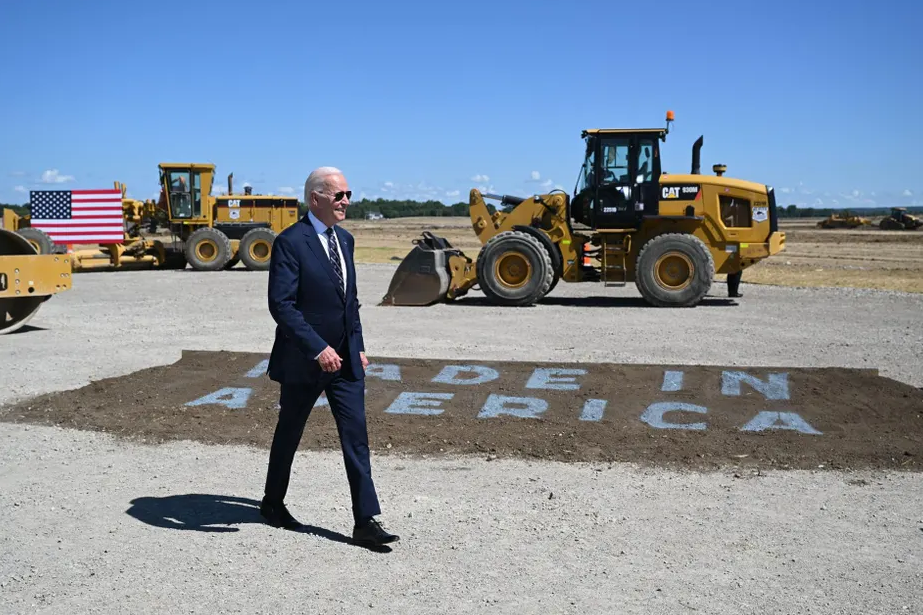How to Build a Climate-Friendly Skyscraper: Start Small, Petri-Dish Small
When you think of skyscrapers, you probably picture enormous buildings towering over cities. But did you know that one way to make these towering giants more climate-friendly is by starting small? Really small, like a tiny experiment in a petri dish. Let’s explore how this approach is helping to create skyscrapers that are better for the environment.
The Big Impact of Tall Buildings
Skyscrapers are remarkable. They can provide space for many people to live and work in a small area, which can help preserve green spaces and reduce urban sprawl. However, they also have some big challenges when it comes to the environment.
These enormous buildings use a lot of energy for heating, cooling, and lighting. The materials used to construct them often have a hefty carbon footprint. Plus, their size can lead to issues like shading nearby buildings, creating urban heat islands, and increasing wind speeds at ground level. All of these factors can contribute to climate change and impact the environment.
Tiny Towers in Petri Dishes
So, how can starting small help build better skyscrapers? It’s all about research and innovation. Scientists and engineers are finding ways to make skyscrapers more eco-friendly by experimenting with miniature versions of these towering structures.
In labs, researchers create tiny models of skyscrapers inside petri dishes. These mini-skyscrapers help them understand how to improve the materials used, the design, and the technology within real skyscrapers. They can test new materials for their environmental impact, study how to make buildings more energy-efficient, and even develop ways to generate clean energy.
Eco-Friendly Building Materials
One key area of research is finding greener building materials. Traditional materials like concrete and steel have a big carbon footprint because they produce a lot of greenhouse gases during their production. Scientists are working on finding alternatives that are more environmentally friendly.
Some experiments have shown promise with materials like bamboo, which is strong and grows quickly. Researchers are also developing materials made from recycled waste products, like plastic bottles and old tires. Using these materials in skyscrapers can help reduce the environmental impact of construction.
Smart Building Designs
Miniature skyscraper experiments can also teach us about designing smarter buildings. For example, researchers are studying how to use natural ventilation and lighting to reduce the need for energy-hungry air conditioning and electric lights. They’re exploring ways to make buildings “breathable” and responsive to the weather.
Innovations like smart windows that automatically adjust to let in just the right amount of sunlight or windows that can generate electricity are part of the research. These smart features can help skyscrapers use less energy and be more eco-friendly.
Harnessing Clean Energy
Another way mini-skyscrapers are making a big difference is by helping us figure out how to generate clean energy. Some experiments include adding tiny wind turbines to the models to see if skyscrapers can use the wind to generate power. Others look at how to use the sun’s energy efficiently through solar panels and special coatings on windows.
By harnessing clean energy sources, skyscrapers can reduce their carbon footprint and contribute to a more sustainable future.
Bringing It All Together
The exciting part is that all these little experiments can lead to big changes in how we build and use skyscrapers. As researchers learn from their mini-skyscraper models, they can apply their findings to real buildings, making them more eco-friendly.
In the future, we might see skyscrapers made from sustainable materials, designed to use less energy, and capable of generating their own clean power. These changes can help reduce the environmental impact of these impressive structures and make our cities greener and more sustainable.
So, the next time you look up at a skyscraper, remember that even the biggest buildings can benefit from starting small – really small, like a tiny experiment in a petri dish. It’s all part of the effort to create climate-friendly skyscrapers that will leave a smaller footprint on our planet.


